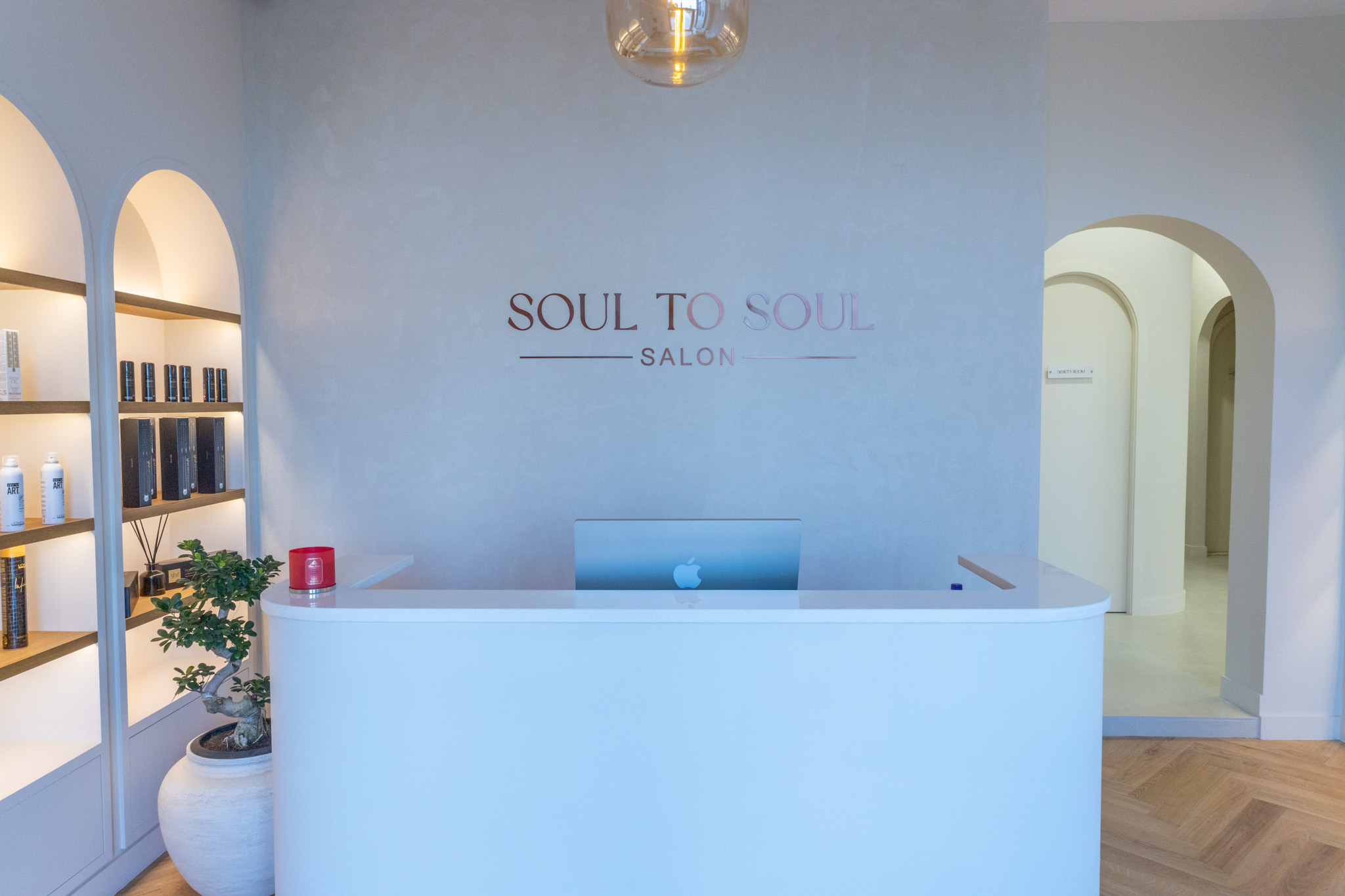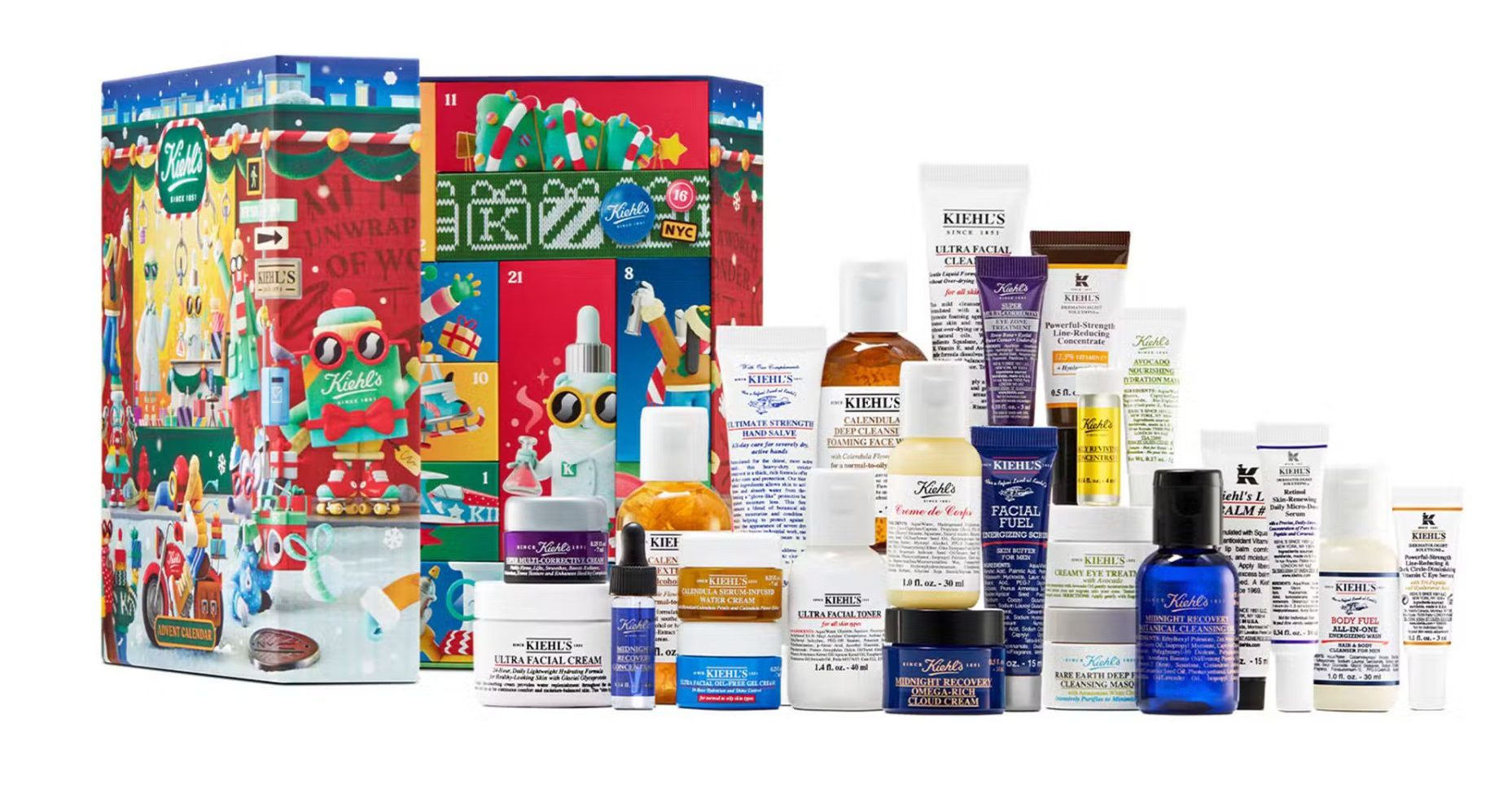
What To Look For In A Sunscreen
 November 26, 2022
November 26, 2022
Here comes the sun, along with its damaging UV rays!
The cold days are here, and in the UAE, winter means beach days. While The Beatles’ classic song serenades our minds and hearts, our skin may not be fond of the sun at all. Who wants exposure to something damaging, after all? This is why every skincare expert emphasises the importance of wearing sunscreen every day. And by every day, we also mean days of the Dubai winter. There’s no excuse not to wear SPF because UV rays are everywhere – yes, even if Mr. Sun is not shining bright.
However, not all sunscreens are made equal, so how do you know which one to pick? Keep reading to find out.
Why do you still need sunscreen during winter?
The sun emits UV rays, which can deeply penetrate your skin cells and cause damage. This includes sunburn, hyperpigmentation, ageing, and skin cancer, to name a few. By wearing sunscreen, you shield your skin from these harsh effects, keeping your skin healthier and younger in the long run. But come winter, the sun is not always out and about. So why do you still need to wear sunscreen?
Here’s the thing: if UV rays can penetrate your skin, who’s to say they also can’t do it anywhere else? Even on cold, cloudy days, up to 80% of UV rays permeate through the thick winter clouds. Also, the effects of sunscreen wear off faster when it’s colder. Don’t forget the fact that we’re still exposed to UV rays when we’re in front of the computer!
The winter weather is also taxing and drying on your skin, making you more prone to patchiness and irritation. Sunscreens help reinforce your skin barrier and lock in nourishment.
What should you look for in a sunscreen?
High SPF
Sunscreens are typically categorised by their SPF or Sun Protection Factor. This number denotes the percentage of UV rays that your sunscreen can bounce off your skin. The rule of thumb here is that the higher the SPF, the higher the protection. We recommend starting with sunscreens that have SPF 30. This SPF number blocks 97% of UV rays, which is good enough. But it’s the bare minimum for SPF, so to ensure total protection, go as high as SPF 50 since it can block up to 98% of UV rays.
Our Top Pick: Shiseido Synchroshield Face Sun Cream SPF 50
Broad Spectrum
Broad spectrum means that your sunscreen protects you against both UVA and UVB rays. UVA rays make up 95% of the sun’s UV rays, penetrating deep into your skin. They are the primary cause of ageing and pigmentation. On the other hand, UVB rays (the ones responsible for sunburn!) make up only 5%, but their very high energy is enough to wreak havoc on the top layer of your skin. Together, these two emit radiation that causes skin cancer. Choosing a broad-spectrum sunscreen ensures you get the utmost protection from these two UV rays.
Our Top Pick: La Mer The Broad Spectrum SPF 50 Protecting Fluid
No Harsh Ingredients
You don’t have to sacrifice your clear complexion to protect your skin from the sun. When looking for sunscreens, check the ingredients label and make sure that the product is free from parabens, fragrances, alcohol, dyes, and chemicals. These ingredients can irritate your skin and cause allergic reactions, so once you see these on the list, move over to the next SPF candidate.
Our Top Pick: Summer Fridays Shade Drops Mineral Milk Sunscreen
Comfortable, wearable formula
No one wants sunscreen that feels sticky or greasy; it’s super uncomfortable and ruins the experience. Choose a lightweight, translucent formula that does not leave a white cast, a.k.a. the white film on your face when you take photos. There are also matte formulas that will keep you from looking oily throughout the day. They also work great as makeup primers as they don’t interfere with your base products.
Our Top Pick: Clinique SPF 50 Mineral Sunscreen Fluid


















